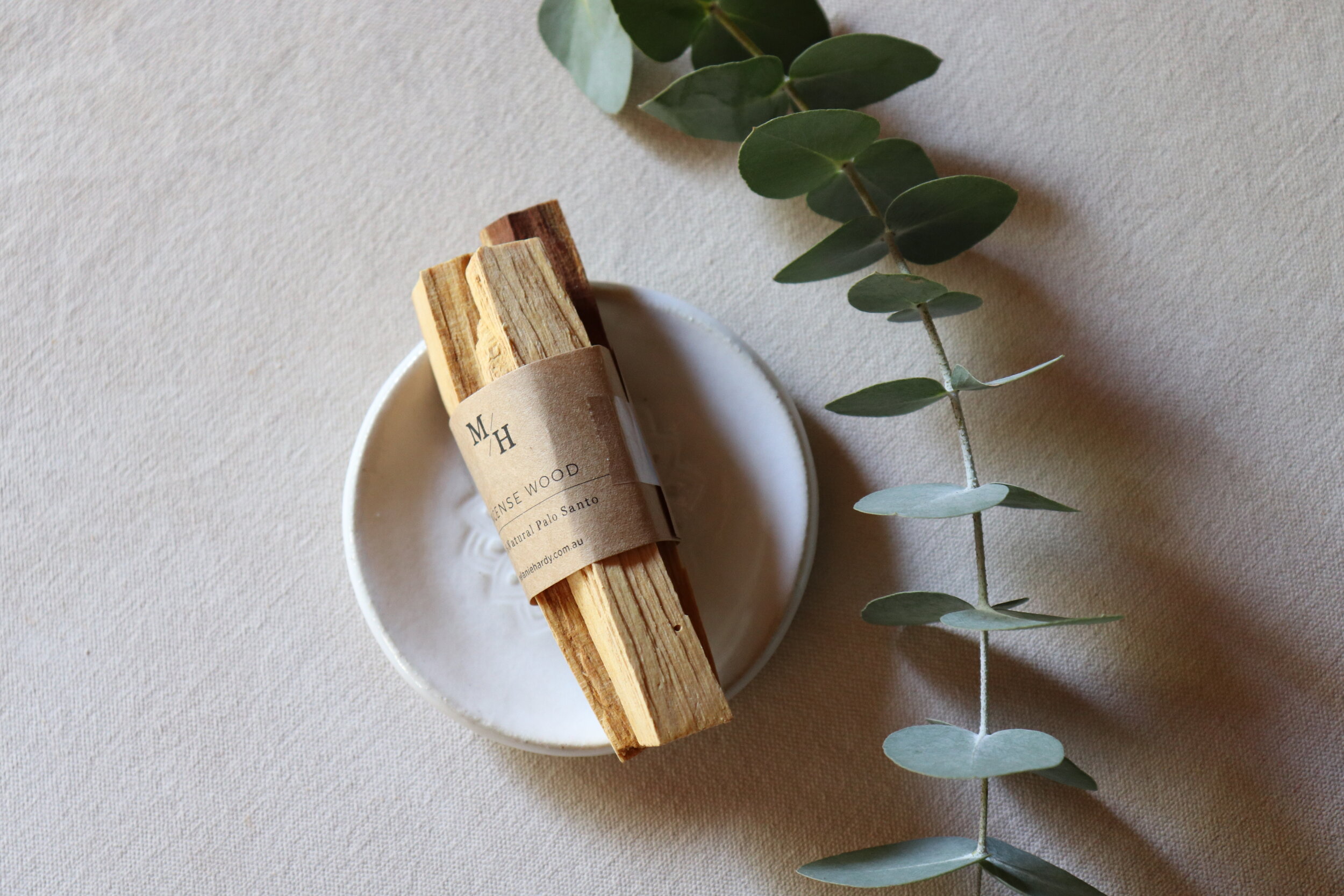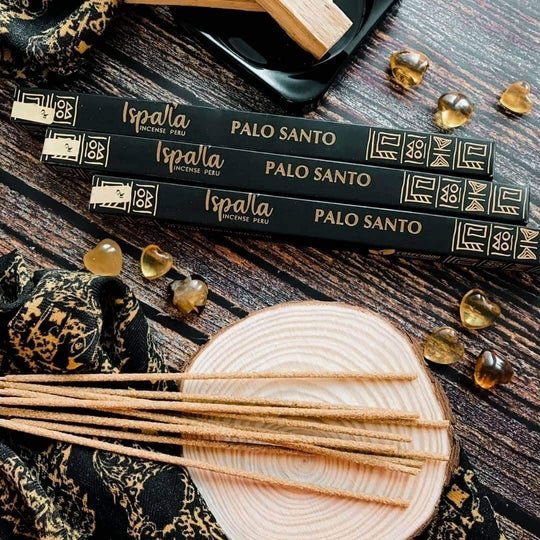The ethics of burning sage and smudging.
Some might say this past year, we have never before needed such as strong desire to rid our homes of negative energy than we have right now and the trendy wellness practice of smudging or sage-ing has become incredibly appealing for those of us living, schooling and working from home.
But if you look around smudging social media circles, you might have come across people questioning if burning sage is cultural appropriation. If you're not Indigenous and perhaps feeling hesitant to strike a match to cleanse the bad vibes out of your home, here's what you need to know about burning sage.
What Is Smudging?
Smudging is part of an important spiritual ceremonial purifying ritual in many Indigenous cultures around the world. This practise pre-dates the white witchy Instagram feeds we see all around us now. But before smudging was popularized, it was actually illegal for Indigenous folks.
Can you believe it was illegal for Natives to practice their religion until 1978 in the US!!! This meant many people were jailed and even killed just for keeping their culture alive, yep even smudging was part of those banned religious practices. You may have heard that recently indigenous people are fighting to be able to perform these types of important ceremonies in hospitals for their sick loved ones, just like they did for thousands of years prior. With this in mind, smudging is not to be taken lightly.
Because of all the history before us, when non-indigenous people burn “white sage” to smudge their homes and other spaces, it could minimize and display a certain insensitivity for the cultural importance of this ritual, however this doesn’t mean sag-ing and smudging are not allowed for non-Indigenous peoples, if practiced purposefully and mindfully.
So how do we burn sage purposefully and mindfully?
Grow your own - It is always best ( if you can) to grow your own sage or have it gifted to you by a friend or family person who has grown it themselves for personal use and not for profit. When picking the sage it is just as important to say a prayer of thanks to the plant. This is as much a part of smudging (or saging) as burning the plant is. It is also very important to leave the root, because this is how the plant grows back and thrives.
Choose sustainably harvested & organic - If your are purchasing sage, then please do all you can to ensure you are purchasing organic and sustainably harvested. White Sage is becoming critically vulnerable to being endangered and many businesses are exploiting this trade. There are little-to-none protection laws so we need to be careful not to support the wrong people. Also consider the sustainability when actually using your sage, it is much wiser to burn a single leaf at a time or a section of the bundle. Burning the whole bundle at once may not be appropriate and a waste of plant material.
Use matches - When lighting sage, it is best to use matches and not lighters. The butane in the lighter can effect the healing medicinal qualities that are believed to be in the plant.
Fan the flames - You shouldn't blow on your smudge. Use a feather to fan the flames.
Use only when sober - Sage should never be harvested, plucked, burned or used in any way, shape or form if you're "under the influence" — so no drinking or smoking and smudging.
Do a Smoke Cleanse instead - read on below for more information about the better option of smoke cleansing rather than smudging or use alternatives to white sage, such as burning frankincense or even burning garden-variety green sage for their properties.
Smoke Cleansing Versus Smudging
If you have used herbs to cleanse your space in the past and enjoy the ritual, you don't have to give it up in order to do so in a culturally conscious way. Smudging refers to a specific healing cultural spiritual practice, but smoke cleansing offers us an alternative to smudging especially for those of us that are not native to the practise.
This form of cleansing can look a bit like smudging, but it’s just the simple act of burning herbs, wood, incense, or other safe-to-burn materials that possess unique cleansing properties. The smoke is then waved over the area you want to cleanse. Although some cultures may have spiritual practices connected to smoke cleansing, the act of smoke cleansing is not inherently spiritual or specific to a certain culture, the way smudging is with Northern American cultures.
If burning incense, herbs, or wood is part of your self-love practice, there are safe-burning alternatives to sage for smoke cleansing, such as;
Rosemary, Mugwort, Juniper, Pine, Thyme, Lavender, Spruce, Cedar, Fir, Garden sage, Bay, Rose, Catnip, Peppermint, Lemongrass, Aspen, Lilac, Cinnamon, Cloves
Alternatives to burning sage
I have a few great alternatives in my shop, such as the wild sustainably sourced Palo Santo Wands or incense sticks.
Whatever you do, it is important that in the process of cleansing, you're respecting Indigenous cultures and the ecosystem. Educate yourself about white sage, appropriation, smoke cleansing, harvesting sustainably and not supporting brands that are exploiting the native culture, grow your own sage and consider using the many other medicinal plants as alternatives.
Be intentional in how you implement this practise in your life and be mindful about its origins and significance.




